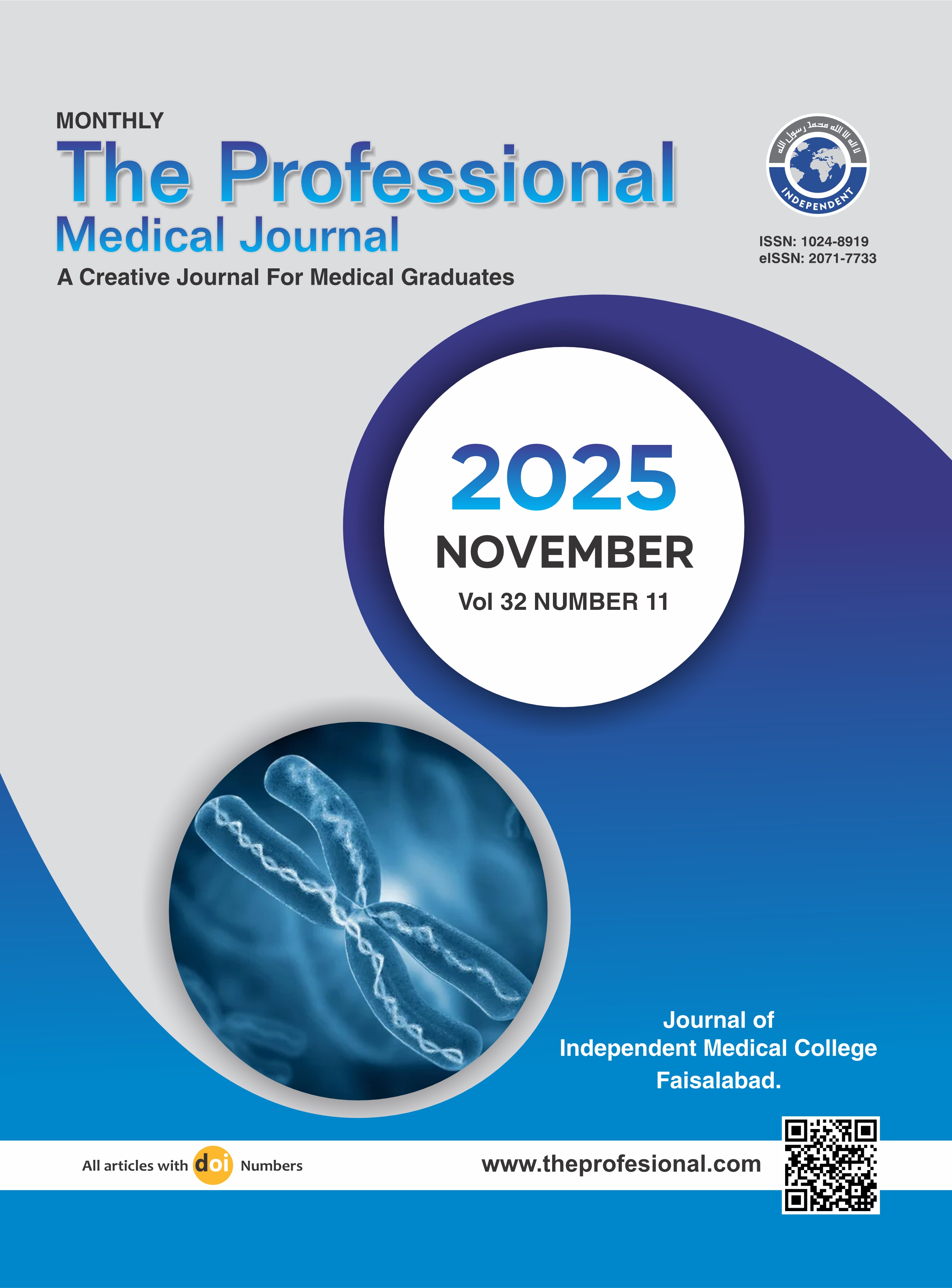Clinical spectrum, laboratory profile and outcome of aplastic anemia in children presenting at tertiary care hospital.
DOI:
https://doi.org/10.29309/TPMJ/2025.32.11.9917Keywords:
Aplastic Anemia, Bone Marrow, Child, Fatigue, MortalityAbstract
Objective: To evaluate the clinical presentation, laboratory profile, etiological factors, and short-term outcomes of children with aplastic anemia presenting to a tertiary care pediatric hospital in Karachi, Pakistan. Study Design: Analytical, Cross-sectional study. Setting: Department of Pediatrics, National Institute of Child Health (NICH), Karachi, Pakistan. Period: November 2024 to April 2025. Methods: A total of 114 children aged 6 months to 15 years with clinical features of bone marrow failure and confirmed aplastic anemia based on peripheral cytopenias and hypocellular marrow biopsy were included. Classification into non-severe, severe, and very severe aplastic anemia was done using modified Camitta criteria. Chi-square/Fisher’s exact, and Mann-Whitney U tests were used, with p<0.005 considered significant. Results: Out of 114 children enrolled, 70 (61.4%) were male. The median age was 8.00 years (Interquartile range: 5.00-10.00 years). Fever (86.0%), fatigue (68.4%), and bleeding (64.0%) were the most common presenting features. Antibiotic exposure (25.4%) and hepatitis C infection (5.3%) were notable etiological associations. Eight children left against medical advice, and were excluded from the final analysis. Among 106 children, mortality was reported in 34 (32.1%) and was significantly associated with fatigue (p<0.001), bleeding (p=0.001), pallor (p<0.001), severe cytopenias (p<0.001), and very severe aplastic anemia (p<0.001). Bone marrow severity correlated strongly with outcome (p<0.001). Conclusion: Aplastic anemia in children carries high short-term mortality, particularly in those with very severe disease, severe hypocellularity, and drug-related etiologies. Early identification and access to definitive therapy are crucial.
Downloads
Published
Issue
Section
License
Copyright (c) 2025 The Professional Medical Journal

This work is licensed under a Creative Commons Attribution-NonCommercial 4.0 International License.


